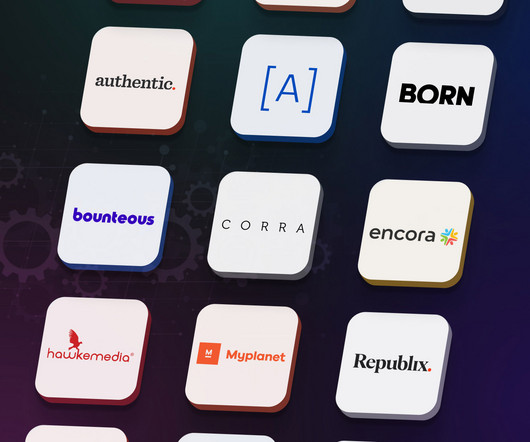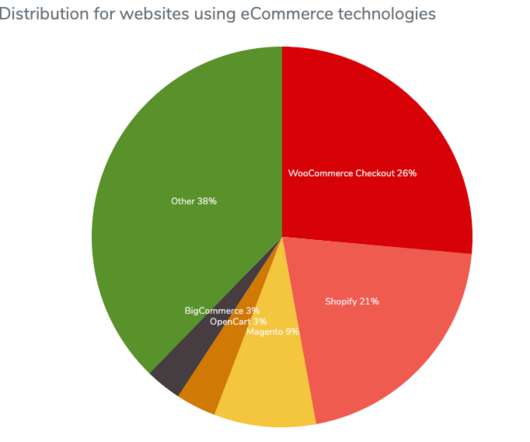What is a Systems Integrator?
Fabric
APRIL 5, 2023
Headless commerce is an architecture in which the front-end presentation layer is decoupled from the back-end commerce functionality, allowing for greater flexibility and customization, as well as richer, more immersive customer experiences by surfacing deep customer insights and leveraging best-in-class e-commerce software.
















Let's personalize your content